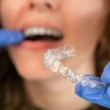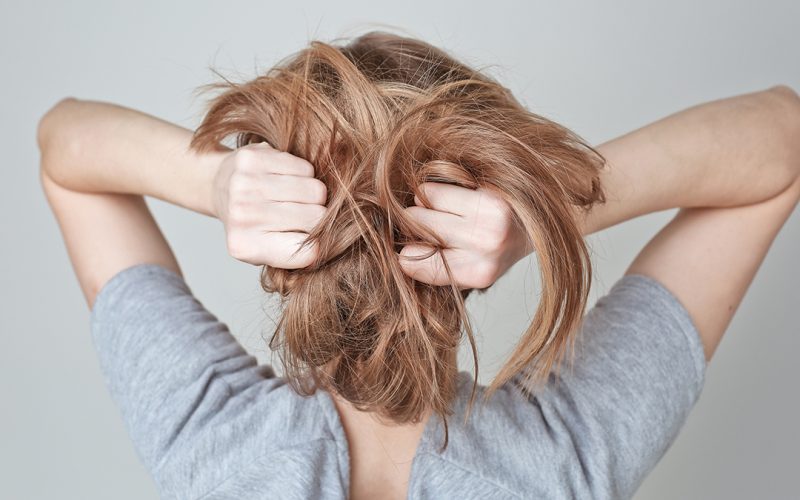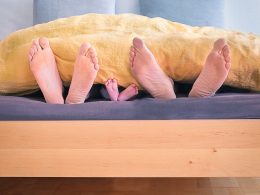Introduction:
Trichotillomania, also referred to as the hair-pulling disorder, emerges as a multifaceted mental health condition where individuals experience persistent, irresistible urges to pull out hair from various body areas. This article aims to shed light on the intricate aspects of trichotillomania, encompassing its symptoms, potential causes, and a comprehensive overview of treatment options.
Symptoms of Trichotillomania:
- Hair Pulling Patterns: Repeatedly pulling hair from scalp, eyebrows, or other body areas.
- Tension and Pleasure: Increased tension before pulling, followed by a sense of pleasure or relief.
- Visible Hair Loss: Bald spots, thinned hair, or shortened eyelashes and eyebrows.
- Specific Habits: Biting, chewing, or eating pulled-out hair, with rituals or patterns.
- Emotional Impact: Distress in work, school, or social situations related to hair pulling.
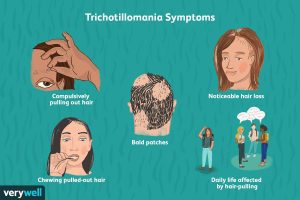
Causes and Risk Factors:
- Genetic and Learned Factors: Trichotillomania likely results from a combination of genetic and learned factors.
- Family History: Higher risk if a close relative has trichotillomania.
- Health Conditions: Uncomfortable hair or skin conditions may contribute.
- Age and Gender: Typically develops in early teens, more common in females.
- Mental Health Conditions: Often coexists with depression, anxiety, or OCD.
- Stress and Environment: Severe stress and isolated environments may trigger trichotillomania.
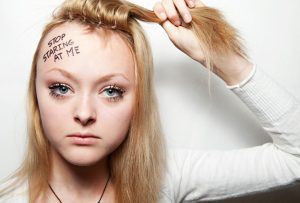
Complications
Beyond its seemingly innocuous appearance, trichotillomania can have profound implications on an individual’s life. Emotional distress, including frustration, shame, embarrassment, and low self-esteem, is commonly experienced. Social and work-related challenges arise as individuals may avoid activities and opportunities due to hair loss. Furthermore, constant hair-pulling can result in skin and hair damage, including scarring and infections. Ingesting pulled-out hair may lead to the formation of hairballs, causing various health complications over time.
Treatment Options:
Addressing trichotillomania necessitates a comprehensive approach. Several treatment options are available, each with its unique set of advantages and considerations.
- Behavioral Therapy:
- Pros: Targets the root causes and habits associated with hair pulling, leading to long-term benefits.
- Cons: Requires a significant time commitment.
- Medications:
- Pros: Effectively manages symptoms and reduces urges to pull out hair.
- Cons: Potential side effects may be a concern for some individuals.
- Support Groups:
- Pros: Facilitates shared experiences, offering emotional support and a sense of community.
- Cons: Limited professional guidance compared to formal therapeutic interventions.
- Self-Help Strategies:
- Pros: Empowers individuals with a sense of control over their condition.
- Cons: Effectiveness can vary, discipline and consistency are crucial.

Comparative Table:
| Treatment Options | Pros | Cons |
|---|---|---|
| Behavioral Therapy | Addresses root causes, long-term benefits | Requires time commitment |
| Medications | Manages symptoms effectively | Potential side effects |
| Support Groups | Shared experiences, emotional support | Limited professional guidance |
| Self-Help Strategies | Empowers individual control | Varied effectiveness, discipline needed |
Conclusion:
In conclusion, trichotillomania poses a complex challenge, impacting both the physical and emotional aspects of an individual’s life. Recognizing the signs, seeking professional help, and exploring appropriate treatment options are pivotal steps toward managing and overcoming this disorder. A tailored approach that combines therapeutic interventions, medication, and support networks can significantly enhance the quality of life for those dealing with trichotillomania.
Understanding trichotillomania requires a compassionate and informed approach from both individuals affected and their support networks. By unraveling the layers of this intricate disorder, we can pave the way for a more empathetic and effective response to those navigating the challenges posed by trichotillomania.





